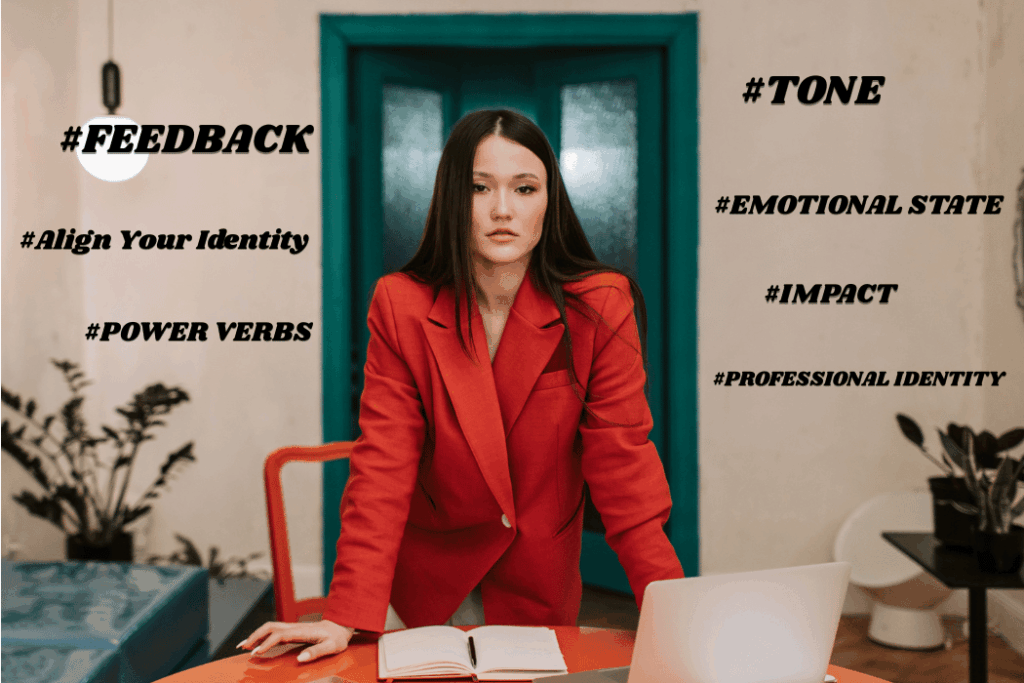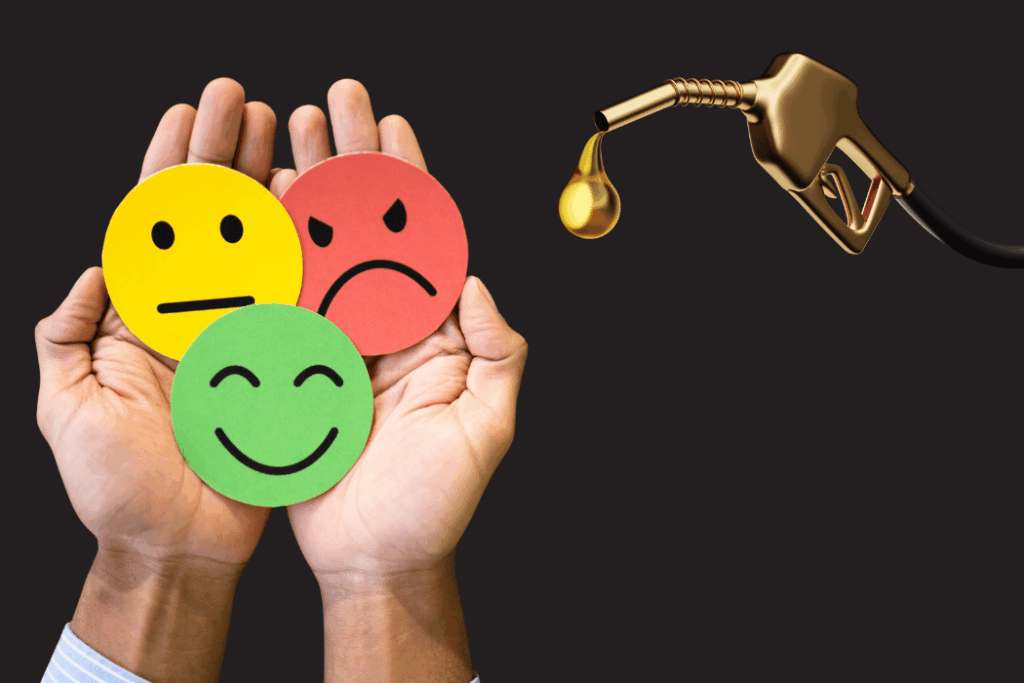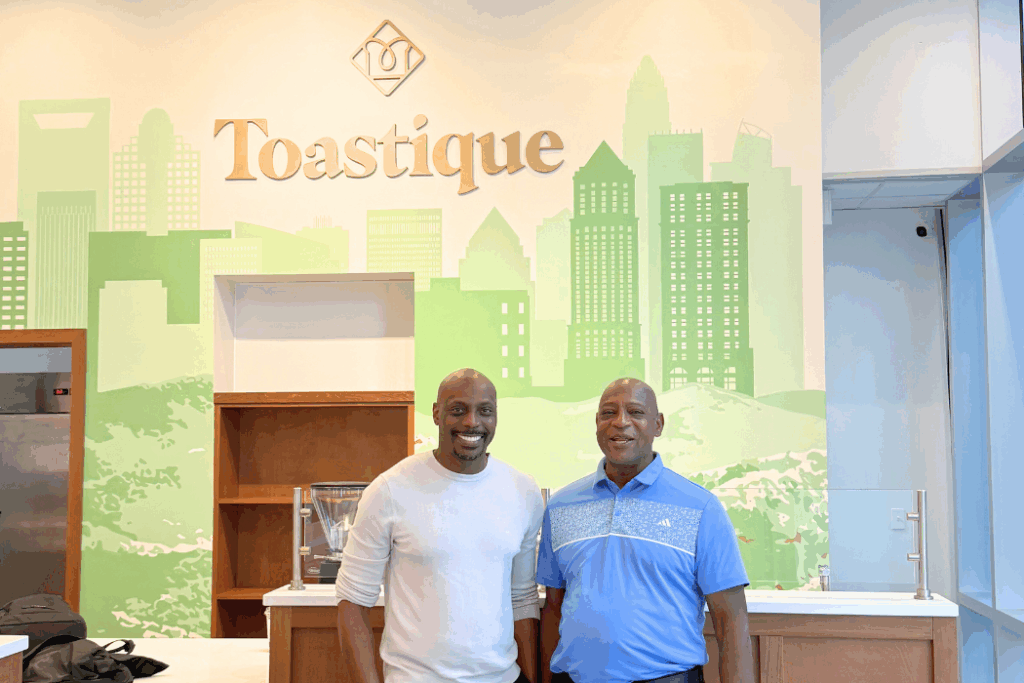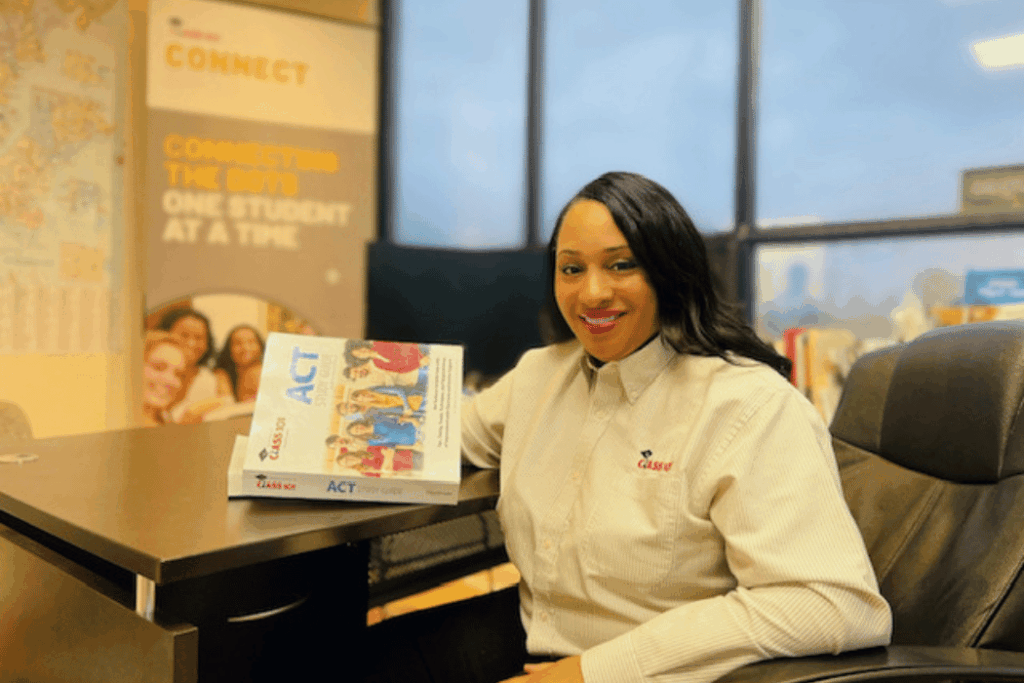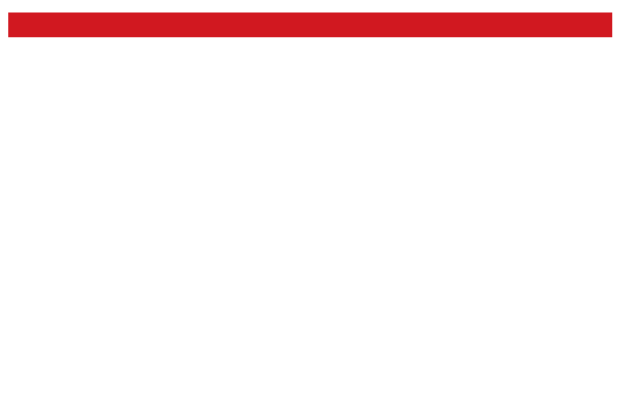
Malinda Williams explains how CDFIs level the economic playing field for marginalized communities.
For decades, marginalized communities, particularly urban and rural areas, have often looked for self-help credit solutions because traditional financial institutions ignored them. Without the necessary capital, these communities have been unable to create business opportunities or generate economic growth. Consequently, they remain underdeveloped in contrast to communities that have ready access to banking resources and capital.
In the 1960s, as part of the War on Poverty program, the Johnson Administration sought to redress this by launching community development corporations (CDCs) to work in both urban and rural poor communities. Those CDCs were the foundation for what is now known as community development financial institutions (CDFIs). CDFIs are local community lenders who provide loans and financial services to residents who may not qualify for, or have access to, traditional financial services. They address these inequalities by investing in underserved communities.
There are more than 1,300 certified CDFIs nationwide, impacting large swaths of underserved communities: 66 percent – clients of color; 85 percent – low-income clients, 27 percent – rural clients, 48 percent – women clients.
In Nebraska, Omaha 100 (O100) is a certified CDFI dedicated to helping the city’s marginalized residents by providing access to home and business loan opportunities, as well as connection to vital education resources. Since 2021, Malinda Williams, president and CEO of Omaha 100 has provided vision and leadership for the organization. MBE magazine spoke with Williams about O100’s initiatives and how CDFIs benefit communities.
Williams’ answers have been edited for brevity and clarity.
MBE magazine: Explain some of the initiatives and programs that you’re focusing on for your community?
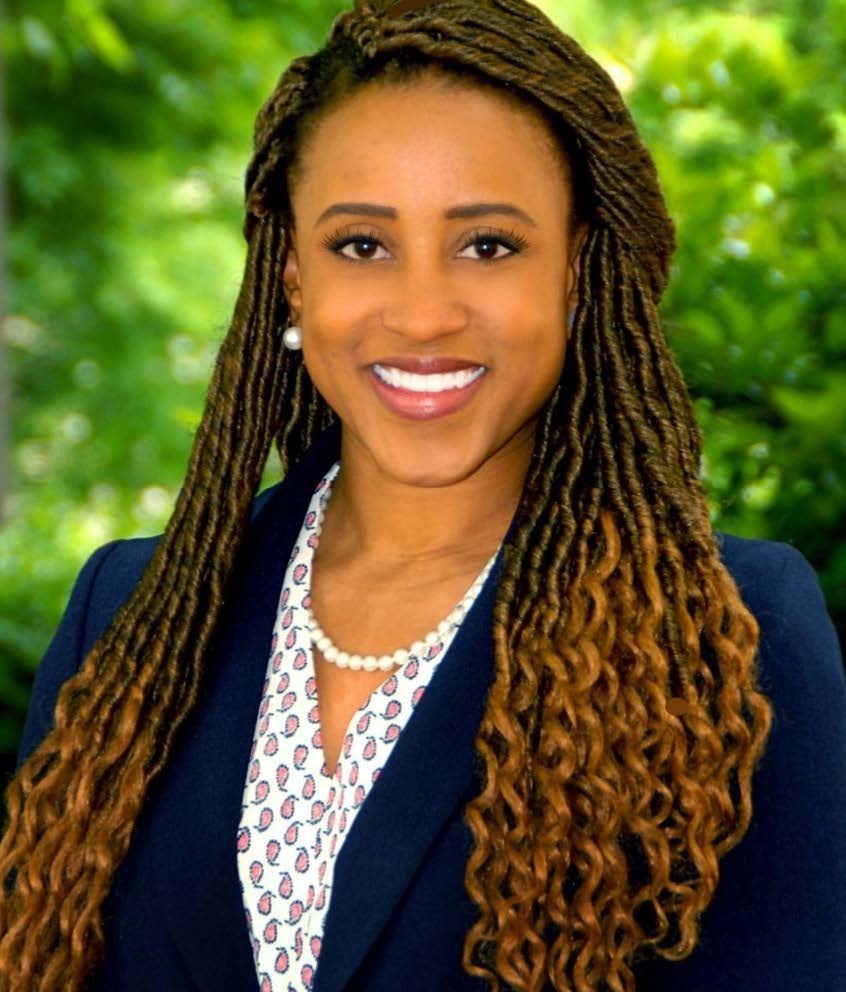
Williams: We take an innovative and inclusive approach to our underwriting. One of the main barriers to access to capital is the nuances that go along with the 5 C’s of credit—capacity, capital, conditions, character, and collateral—for our community. So that credit score, is not necessarily as strong as the traditional banks would like it to be.
But our organization recognizes that we have a different experience, here, and we need to be more flexible and take on more when it comes to perceived risk and underwriting. For that reason, we don’t have a minimum credit score. We are more concerned about your credit report, the things that may be there. And not just what’s there, but how do we support and help improve that score, improve that report, or help clean up any things that might be in collection, or any judgments. So that we can help you move into a space where you can keep building financial capacity for your family and have more economic liberation going forward.
The score is reflective of, maybe, your character when it comes to handling other people’s money. But we realize that we’re coming from a place of not having as many resources to be able to build savings for emergencies and having to rely more on credit. Or not being paid as much because the pay scale for the minority community versus majority are not the same. We have less money to save, put away, and have available for a rainy day. They’re all factors that affect each other.
How do we remove some of those barriers so that you can continue to move forward and make progress for your family and build generational wealth and not feel like you’re on a hamster wheel constantly spinning, but not getting anywhere? We don’t require collateral when it comes to business loans. Now is it helpful to get access to more funds? Absolutely. But it’s not a requirement. And our interest rates are also much lower than the traditional banks, currently. So, we can keep payments affordable for people.
MBE magazine: O100 recently added business loans to its offerings. Why did you decide to go in that direction?
Williams: Our organization just recently added business lending as a service, but CDFIs have included business lending as an option for some decades now. It just wasn’t as popular at the time because the American Dream hasalways been homeownership, so that was the first lane that CDFIs were in, both development, access to capital for building homes and mortgages.
There was a realization that there’s other pathways to wealth, not just homeownership. The American Dream has expanded and evolved into including other ownership. And, business and entrepreneurship are one of those that access to capital is a major factor in.
MBE magazine: If an entrepreneur is just starting a business and they don’t have much of a credit history, can a CDFI help them?
Williams: Absolutely. We have quite a large immigrant community that comes through our organization, and, generally, many do not yet have established credit or a score. With those, we have what’s called alternative credit. We’ll look at on-time payments for rent or utilities, or maybe their car—just other factors that give us an idea of how responsible they are with paying on time and handling financing or capital that’s been extended to them. There are definitely other ways of how someone may be able to be set up for success when taking on debt.
” One of the main barriers in access to capital is the nuances that go
Malinda Williams
along with the 5 C’s of credit….”
MBE magazine: How can a CDFI help established business owners?
Williams: What’s nice about an existing business is that we’ve got a track record to go off; there’s some cash flow. There are usually some reserves. There might even be equipment that we could use. If you’re needing a larger amount, there are some things that we can use for collateral. There may be some existing contracts or purchase orders or agreements that we could also use as accounts receivable.
We’re able to be as innovative as possible to say, “How can we get this to be beneficial for everyone?” We want to meet the need of the client as well as protect the organization and continue to make sure that we’re able to continue doing these services long term.
We work with them in a couple different ways—meeting with the business development adviser or officer and seeing where they are, where they’re trying to go, and then being a partner and helping them figure out how they can get there. Sometimes, it is a “Not yet.” Maybe it’s not quite time to expand. We want them to strengthen business operations a little bit more before jumping into expansion and getting out over their skis and not being able to maintain that level of growth. And that’s a tough conversation for somebody who’s passionate about their business that they’ve been toiling and working for many years and who feels like they may be ready to jump to the next level.
We want to be intentional and thorough with our due diligence and make sure that we’re supporting people with long-term, sustainable success and not setting anyone up for failure at any point. But truly creating some opportunities for economic development long-term in the community and for that family.
For more information about CDFIs, visit https://www.cdfifund.gov.



